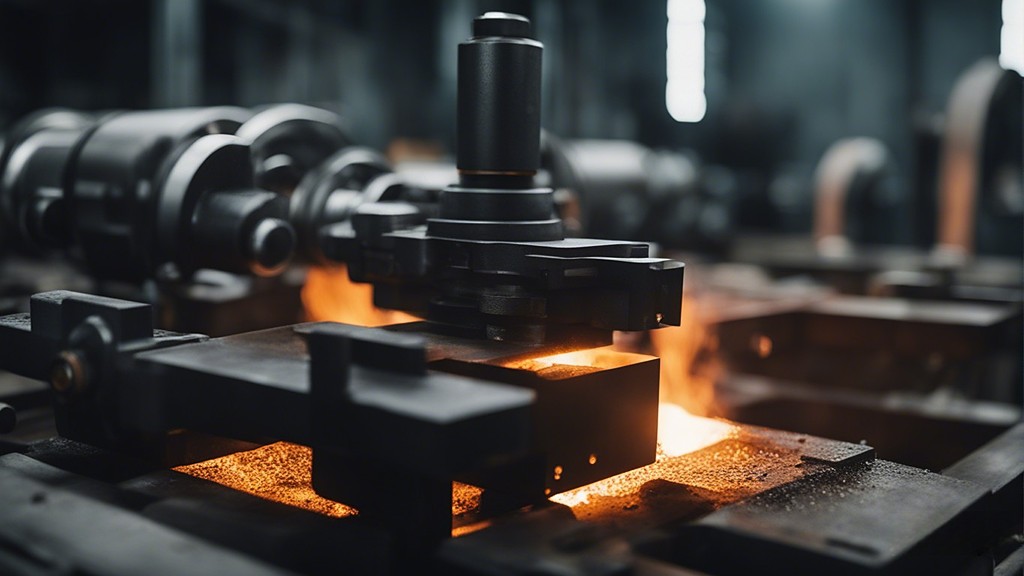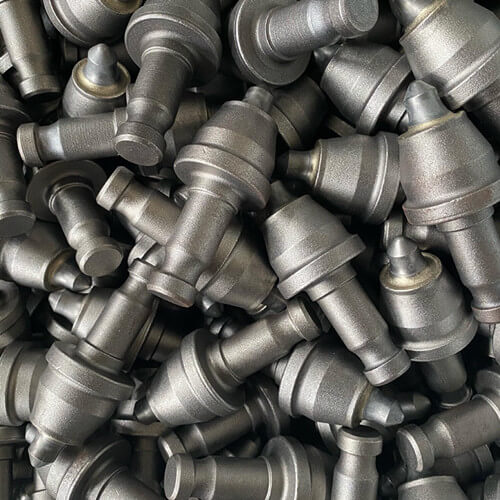In the manufacturing industry, various methods of shaping metals have been utilized over the centuries. In recent years, one technique in particular, cold forging, has garnered significant attention. Cold forging involves shaping metal at room temperature, unlike hot forging, which requires the metal to be heated to a high temperature before being worked.
This innovative process has many benefits, leading to its rapidly increasing popularity. Here are the 4 key reasons why the cold forging process has attracted a lot of attention.
Energy Efficiency
Cold forging is significantly more energy-efficient than other traditional methods. Hot forging and cold forging are two distinct metal forming processes with different energy requirements. Hot forging involves heating the metal to forging temperature, which consumes a significant amount of energy. On the other hand, cold forging eliminates the need for pre-heating, making it an inherently energy-saving process. This energy efficiency of cold forging has become increasingly attractive to manufacturers and investors, especially in the current climate of rising energy costs and growing environmental awareness.
Enhanced Material Properties
The cold forging process can improve the mechanical properties of the metal. As the metal is deformed at room temperature, it undergoes strain hardening or work hardening. This process enhances the strength and hardness of the final product, making it more durable and longer-lasting. These properties make cold-forged products ideal for high-stress applications like automotive parts, aerospace components, and heavy machinery.
Precision and Complexity
Cold forging allows for a high degree of precision and the creation of complex shapes. The cold forging process can accurately produce intricate shapes and designs that would be difficult, if not impossible, to achieve with other methods. This opens up new possibilities for product design, giving manufacturers the ability to create more complex and innovative products.
Cost Effectiveness
Finally, cold forging is often more cost-effective than other metalworking processes. This is due to several factors, including the reduced need for energy (as previously mentioned), the lower cost of tooling, and the reduction or elimination of further finishing processes. Additionally, the improved durability and longevity of cold-forged products can result in less need for replacement parts, providing further cost savings in the long run.
Go here for some best forged products including forged gears, forged car parts, at affordable price.

